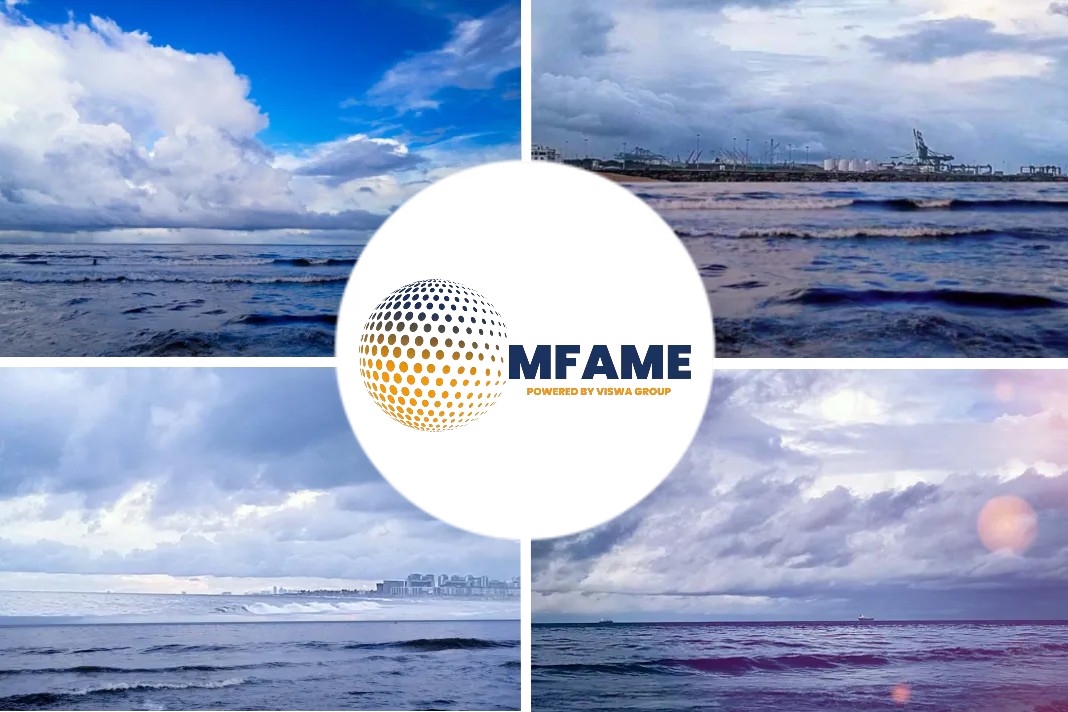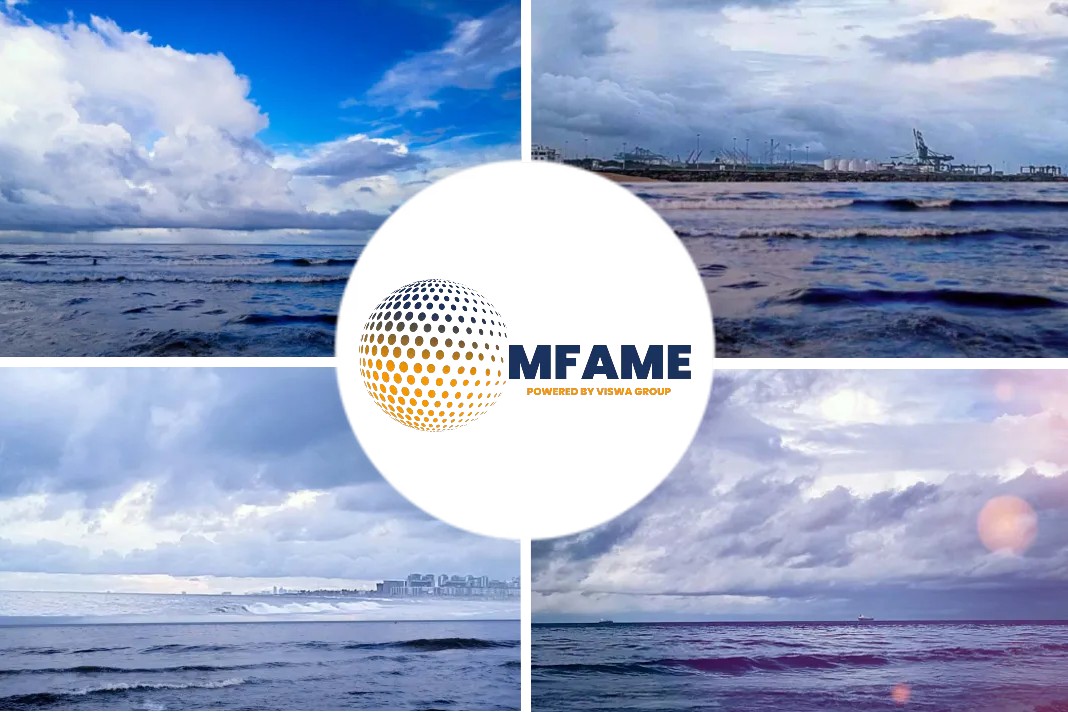- Scorpio has been one of the most vocal supporters for scrubbers, which have been installed on about 4,000 of the biggest ships in the 60,000-strong commercial fleet
- Scrubber cheerleader Scorpio postpones retrofits ‘where possible.’
- Some 51 tankers in Scorpio’s fleet of 137 product tankers have yet to have scrubbers installed as of March 27.
Scorpio Tankers signalled it will delay their installation on any remaining vessels in its fleet where possible, but only because current earnings for long range tankers are so high, writes Michelle Wiese Bockmann for Llyod’s List.
“Short term, you’re just trying to do what you can to maximise the revenue intake you’re taking,” the company’s Chief Executive Robert Bugbee told the Capital Link institutional investors conference.
He added, “So, if you had the choice to postpone a scrubber fitting, I think most companies would do that at the moment, just simply because of the rate strength in the big ships.”
Vessels needing retrofits
A total of 51 tankers in Scorpio’s fleet of 137 product tankers have yet to have scrubbers installed as of March 27, the company said in a filing on Wednesday.
The shipowner has agreed to install scrubbers on 98 ships at a cost of $2.5m each, with not all of the $245m cost yet financed.
Scorpio’s investment hinged on a bet that the spread, or difference in price, between the more expensive 0.5% very low sulphur fuel oil and the cheaper 3.5% sulphur fuel oil that vessels fitted with scrubbers can use would result in savings, boost earnings and quickly pay back the investment.
VLSFO spread
The price for VLSFO now used by some 70% of the international global fleet has plunged by 278% in Singapore since the beginning of 2020, according to assessments compiled by price reporting agency Argus Media.
The spread is now some $60 per tonne above high sulphur fuel oil, down from levels above $300 per tonne earlier this year, destroying the economic rationale for installing the technology.
Asked whether these prices had changed his perspective on installing the remaining scrubbers, a clearly uncomfortable Mr Bugbee said: “Let’s actually change the perspective, which is simply the massive strength in the market right now.”
“You know, when you have ships fixing where they are, you will do what you do to respond, scrubber fitting regardless, to take those levels. Where you have compulsory dry docks you’ll continue mostly likely with the scrubbers,” he further commented.
Tanker earnings
Rates for long range 2 tankers on the Saudi Arabia-to-Japan route are at nearly $60,000 daily, according to the London-based Baltic Exchange, while medium range tankers on the transatlantic route are averaging just under $25,000 per day, data show.
Frontline Tankers, which also invested in scrubber technology, has signalled that the payback seen from earnings on scrubber-fitted vessels in its fleet had diminished to $100,000 per day from $400,000 daily seen in December and January. The company also part-invested in a company that produced exhaust gas cleaning systems.
“The factory that we owned part of, we’re not getting many orders, we’re not going to get any new orders,” said the company’s chief executive Robert MacLeod, speaking at the same conference at an earlier session.
Like Mr Bugbee, he quickly diverted, saying “the current market is what we should have the main focus on”.
Scorpio has been one of the most vocal supporters for scrubbers, which have been installed on about 4,000 of the biggest ships in the 60,000-strong commercial fleet, ahead of global regulations that came into force on January 1 mandating the use of 0.5% lower-sulphur bunkers.
About one in five very large crude carriers and more than a quarter of the global containership fleet have the sulphur abatement technology installed.
Did you subscribe to our daily newsletter?
It’s Free! Click here to Subscribe!
Source: Llyod’s List























